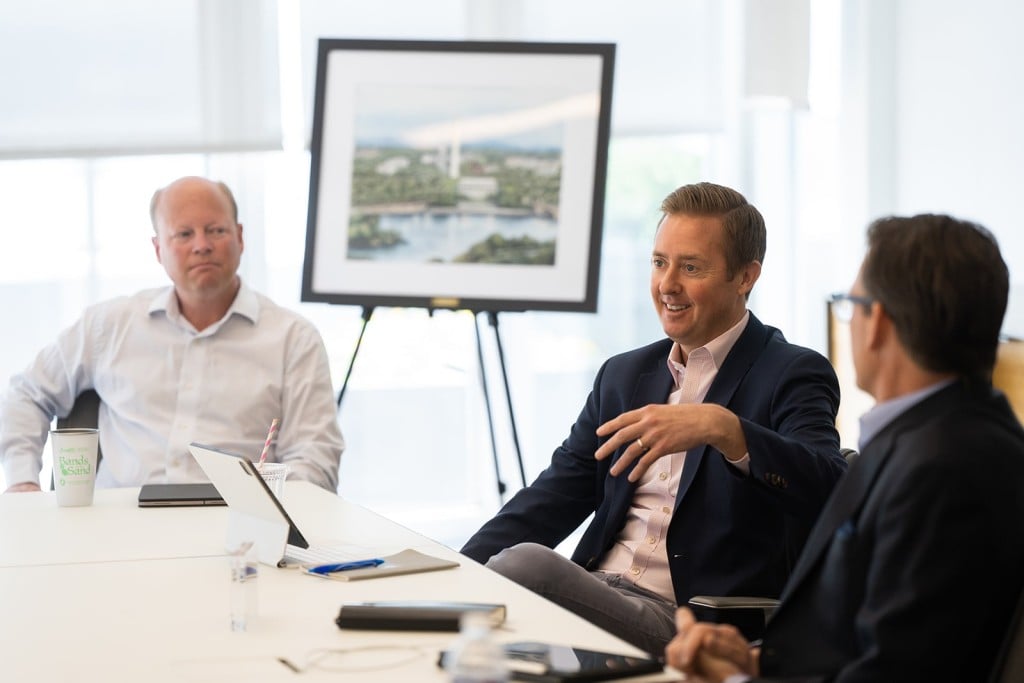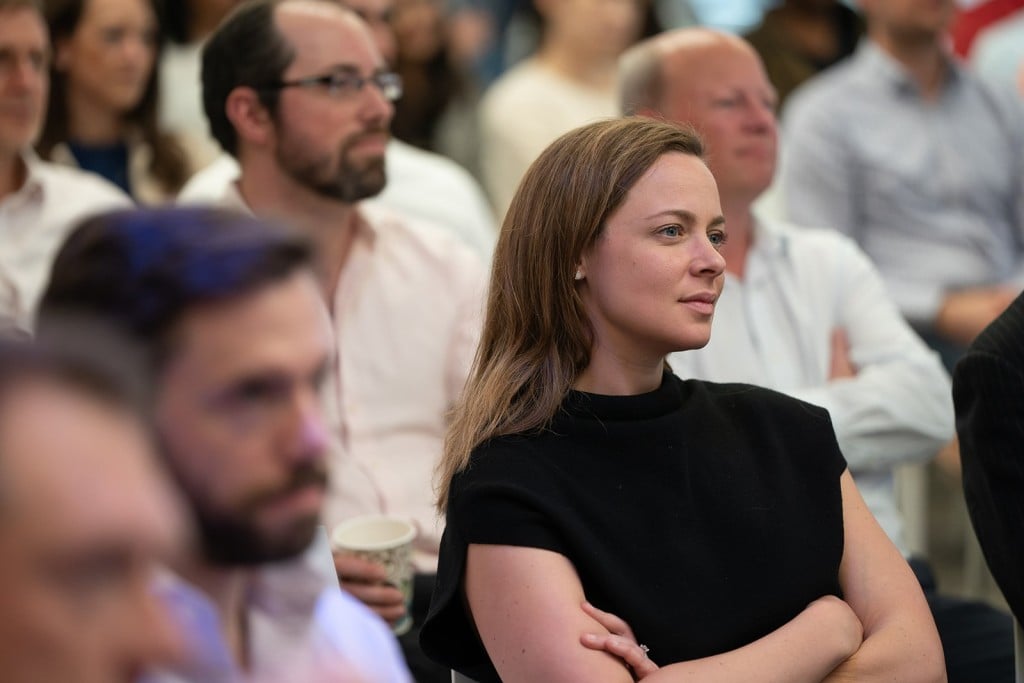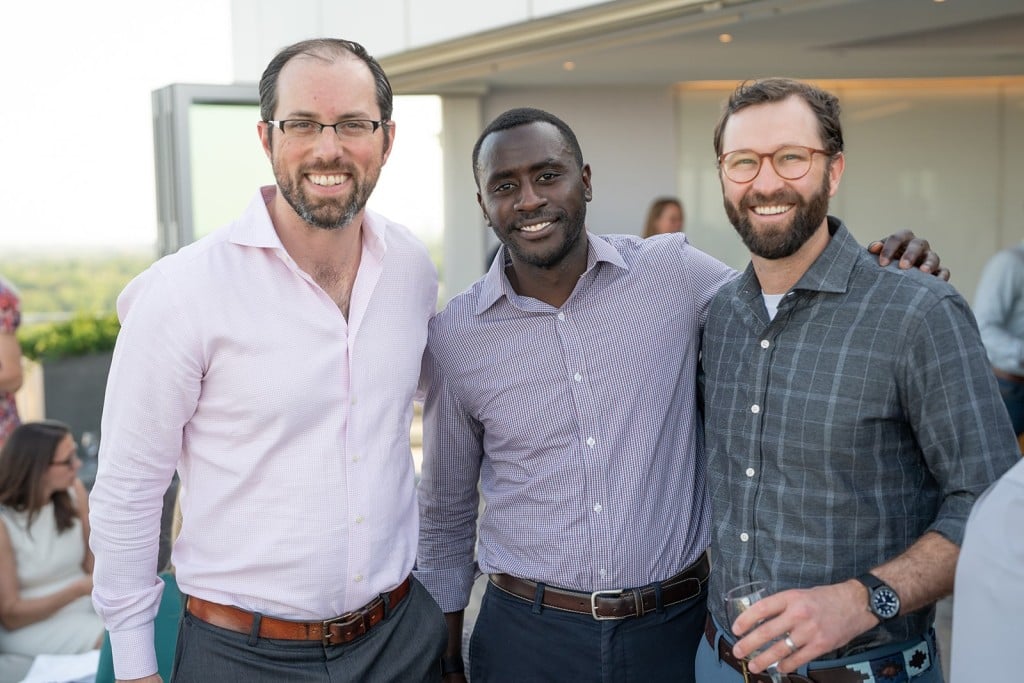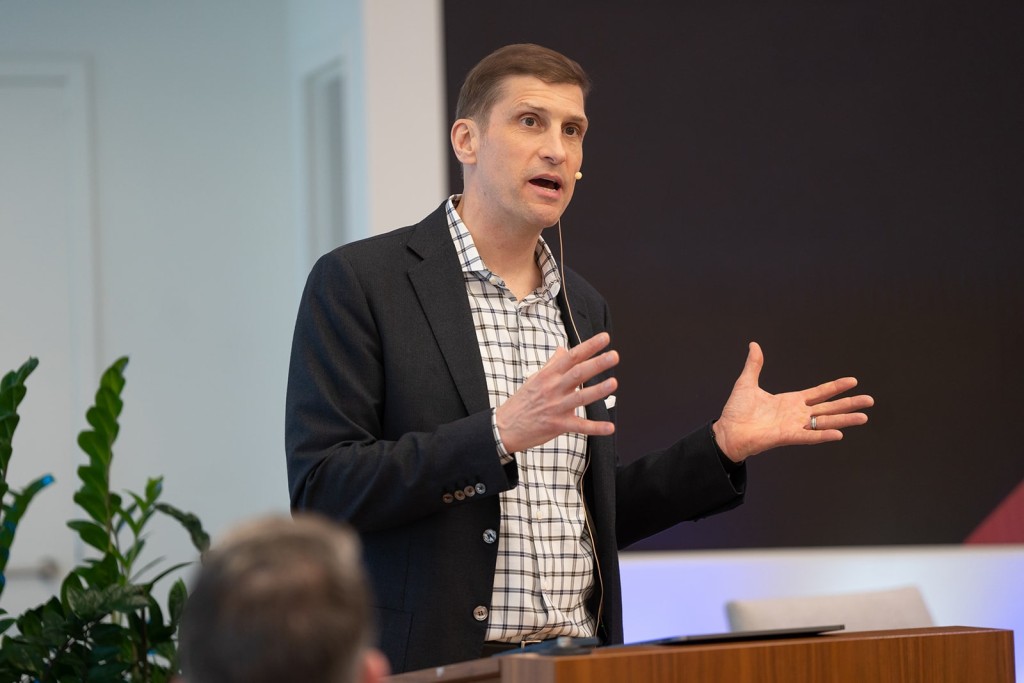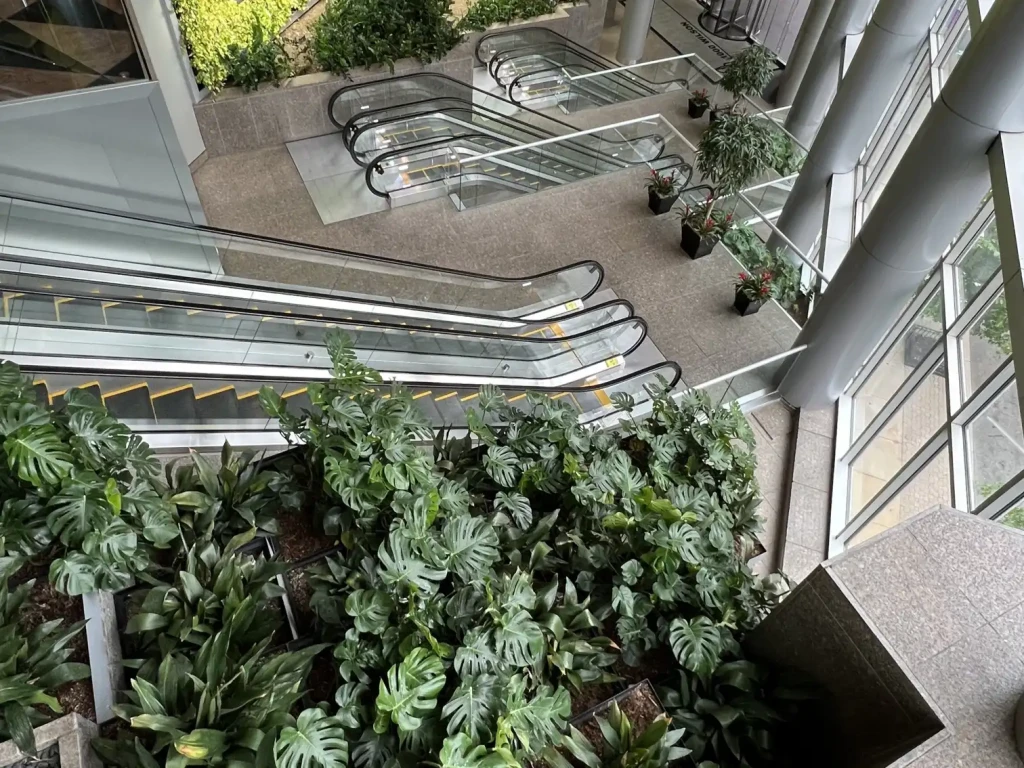Contributors
Related Articles
Stay Up To Date
Something has gone wrong, check that all fields have been filled in correctly. If you have adblock, disable it.
The form was sent successfully
The strongest businesses often have one thing in common. They build an edge others find hard to match, then reinforce it over time through steady reinvestment and long-term commitment to what sets them apart.
Leadership, timing and even luck can move a business forward. Companies that endure tend to share one trait. They build and keep an edge that rivals find hard to copy. That advantage lets them deliver better, faster or cheaper than peers year after year. It also supports profits that can be reinvested, which starts a flywheel with the potential to build on itself and create long-term growth for owners. We believe that compounding is the engine of wealth creation for investors.
More Than the Sum of Their Parts
Durable advantage is rare. Only a minority of companies keep returns far above the average for a decade or more, and those that do usually anchor on a clear edge. Common sources include size that lowers costs, a name people trust, habits that make it hard to leave, and networks that become more useful as they grow. Each force helps on its own, and together they reinforce one another.
In strong franchises, these pieces fit together like a puzzle and strengthen the whole. Size supports lower prices or improved service. Better delivery deepens loyalty. Repeat business improves visibility into demand and frees up cash. A stronger balance sheet then funds the next round of investment. The loop tightens.
Across business models, the pattern repeats. A low cost operator that keeps fixed costs lean can pass on savings and still earn, which can make entry uneconomic for followers. A premium provider that wins on reliability and design earns trust and pricing power. A platform that brings more participants together becomes more useful to each one, which pulls in the next. In each case, the edge does the heavy lifting.
Built on Purpose
Enduring advantages are built on purpose. They come from clear choices and long-term investment in plants, logistics, technology and service capacity that are hard to unwind without pain. Even in a time that prizes flexibility, real strengths often rest on large and sometimes irreversible commitments. Trade-offs are required. A company is unlikely to be the lowest cost provider and also offer the richest feature set. Choosing a lane makes the position clearer.
Commitment raises the cost of imitation. Rivals must bend their own models to copy, which can strengthen the leader’s standing. Inside the firm, focus channels capital and talent into the work that makes the edge stronger. Over time, the organization builds muscle memory around what matters.
Clarity helps investors as well. When you understand the source of the lead and the size of each threat, you are more likely to hold through rough patches. Not every headline hits the core. When pressure is peripheral or contained, a selloff can become a chance to lean into the market’s overreaction. Commitment also raises the stakes, since it hardens the edge but can slow a pivot if substitutes appear.
The Side Door Threat
Every edge has a weak spot. At times it is substitution rather than a cheaper rival. Rivalry is the same product at a lower price. It is a different way to deliver the same outcome. It typically arrives from outside the usual playbook, which makes it hard to see and difficult to block. That is why the innovator’s dilemma is so frustrating. Disruption rarely attacks head on. It finds a way around.
Renewal is the answer. Strong franchises keep the loop fresh. They modernize systems and processes. They deepen ties with customers and widen the network so the offer becomes broader and stickier. They partner with would-be disruptors through selective deals. They prune what no longer fits.
What Investors Should Watch
Resilience leaves a trail you can follow. More customers should stay and buy more over time. Service levels should rise even as volumes grow. Profits should hold or improve as the company scales, and the money made on each sale should increase as experience builds. It should become easier and less costly to win the next buyer because trust, habit, and the existing network help do part of the work. New ideas should fit the core position, which can mean lower costs for cost leaders, better experience for premium leaders, and smarter connections for platforms.
Substitution risk never disappears, but it can be managed. The goal is to turn a fixed wall into a living defense that adapts as the landscape shifts.
How Advantage Becomes Staying Power
Competitive advantage is not static. It is an evolving position earned by solving valuable problems in ways others cannot easily copy. Companies that endure pair an economic engine such as scale, learning, switching friction or privileged assets with habits that renew the lead. Faster feedback, tighter customer fit and disciplined reinvestment can make that foundation stronger.
For investors, the test is simple. As this company grows, does the gap widen, or does success invite imitation that narrows it? Edges that strengthen with use, data and network ties tend to compound. Those that do not often fade into momentum rather than durability.
Disclosures:
The views expressed are the opinion of Sands Capital and are not intended as a forecast, a guarantee of future results, investment recommendations or an offer to buy or sell any securities. The views expressed were current as of the date indicated and are subject to change.
This material may contain forward-looking statements, which are subject to uncertainty and contingencies outside of Sands Capital’s control. Readers should not place undue reliance upon these forward-looking statements. There is no guarantee that Sands Capital will meet its stated goals. Past performance is not indicative of future results.
All investments are subject to market risk, including the possible loss of principal. Recent tariff announcements may add to this risk, creating additional economic uncertainty and potentially affecting the value of certain investments. Tariffs can impact various sectors differently, leading to changes in market dynamics and investment performance.
References to “we,” “us,” “our,” and “Sands Capital” refer collectively to Sands Capital Management, LLC, which provides investment advisory services with respect to Sands Capital’s public market investment strategies, and Sands Capital Alternatives, LLC, which provides investment advisory services with respect to Sands Capital’s private market investment strategies, which are available only to qualified investors. As the context requires, the term “Sands Capital” may refer to such entities individually or collectively. As of October 1, 2021, the firm was redefined to be the combination of Sands Capital Management, LLC and Sands Capital Alternatives, LLC. The two investment advisers are combined to be one firm and are doing business as Sands Capital. Sands Capital operates as a distinct business organization, retains discretion over the assets between the two registered investment advisers, and has autonomy over the total investment decision-making process.
This communication is for informational purposes only and does not constitute an offer, invitation, or recommendation to buy, sell, subscribe for, or issue any securities. The material is based on information that we consider correct, and any estimates, opinions, conclusions, or recommendations contained in this communication are reasonably held or made at the time of compilation. However, no warranty is made as to the accuracy or reliability of any estimates, opinions, conclusions, or recommendations. It should not be construed as investment, legal, or tax advice and may not be reproduced or distributed to any person.
Notice for non-US Investors.


